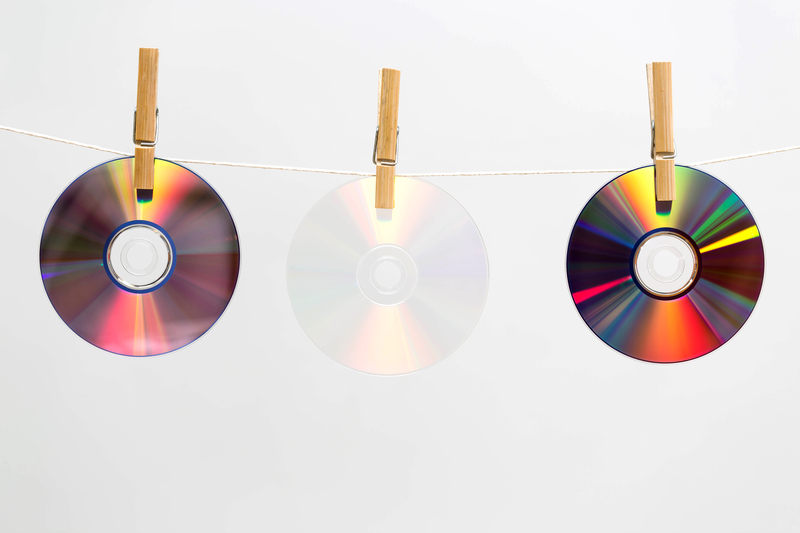Eco-Safe Toy Alternatives for Kids
With environmental concerns on the rise and a growing awareness of the potential hazards posed by conventional toys, many parents are seeking more eco-friendly options. The quest for eco-safe toy alternatives for kids is more than just a trend--it's a necessity that balances child safety, environmental stewardship, and sustainability.
Understanding the Need for Eco-Safe Toys
Eco-safe toys are designed to minimize environmental impact and ensure the safety of children. Traditional toys often comprise plastics, synthetic materials, and harmful chemicals, posing risks to health and the planet. Exposure to toxins like phthalates, BPA, and lead can have long-term repercussions on children's health. Moreover, the environmental footprint of manufacturing, using, and disposing of these toys is staggering. Eco-safe toys, on the other hand, reduce these risks by using natural, biodegradable, and non-toxic materials.

Materials Used in Eco-Safe Toys
The materials used in eco-safe toys play a crucial role in ensuring they are both safe for children and environmentally friendly. Here are some of the commonly used materials:
- Wood: Sustainable wood, often FSC-certified, is a popular choice. It's durable, biodegradable, and can be finished with non-toxic paints or natural oils.
- Organic Cotton: This material is pesticide-free and gentle for children's sensitive skin. It is used to make plush toys, dolls, and fabric-based toys.
- Bamboo: Known for its fast growth and sustainability, bamboo is used in making a variety of toys and accessories.
- Natural Rubber: This biodegradable material comes from rubber trees and is often used in making teething toys and bouncy balls.
Top Eco-Safe Toy Brands
Several toy manufacturers are leading the way in creating eco-safe toy alternatives for kids:
- Plan Toys: This brand uses chemical-free rubberwood, non-toxic glues, and water-based dyes.
- HABA: A German company known for wooden toys, HABA emphasizes high-quality craftsmanship and eco-friendly practices.
- Green Toys: Made in the USA from 100% recycled plastic, these toys are free from BPA, phthalates, and PVC.
- EverEarth: This brand produces toys from sustainable wood and uses water-based paints.
DIY Eco-Safe Toys
Creating your own eco-safe toys can be a fun and rewarding project. Here are a few ideas:
- Fabric Dolls: Use scraps of organic cotton fabric to sew simple dolls or plush animals. You can fill them with organic cotton stuffing or even recycled materials like fabric scraps.
- Wooden Blocks: Cut pieces of untreated, sustainable wood into various shapes and sand them smooth. Finish with a natural oil like beeswax polish.
- Recycled Craft Projects: Use recycled materials such as cardboard, paper rolls, and fabric to create imaginative playthings. Such projects encourage creativity and sustainability.
Benefits of Eco-Safe Toys
Adopting eco-safe toy alternatives offers multiple benefits for kids and the environment:
- Healthier Play Environment: Non-toxic materials reduce the risk of exposure to harmful chemicals.
- Sustainability: Eco-safe toys minimize the ecological footprint by using renewable, biodegradable, or recycled materials.
- Durability: High-quality, natural materials often result in more durable toys, reducing waste.
- Educational Value: Many eco-safe toys are designed to be educational, fostering creativity, coordination, and problem-solving skills.

How to Identify Eco-Safe Toys
Not all toys marketed as "eco-friendly" meet rigorous environmental and safety standards. Here's how to identify genuinely eco-safe toys:
- Check Certifications: Look for third-party certifications such as FSC for wood, GOTS for textiles, and ASTM or EN71 for toy safety.
- Material Transparency: Brands that disclose their material sourcing and manufacturing processes are more trustworthy.
- Non-Toxic Labeling: Ensure that the toys are labeled as free from BPA, phthalates, PVC, lead, and other toxic chemicals.
- Sustainable Packaging: Brands committed to sustainability often use minimalistic and recyclable packaging.
Conclusion
The movement towards eco-safe toy alternatives for kids is not just about reducing environmental impact--it's about creating a safer, healthier play environment for our children. By opting for toys made from natural, non-toxic, and sustainable materials, we invest in the future well-being of our planet and its smallest inhabitants. With a little research and conscientious purchasing, we can provide our children with toys that are as safe and beneficial as they are enjoyable.


